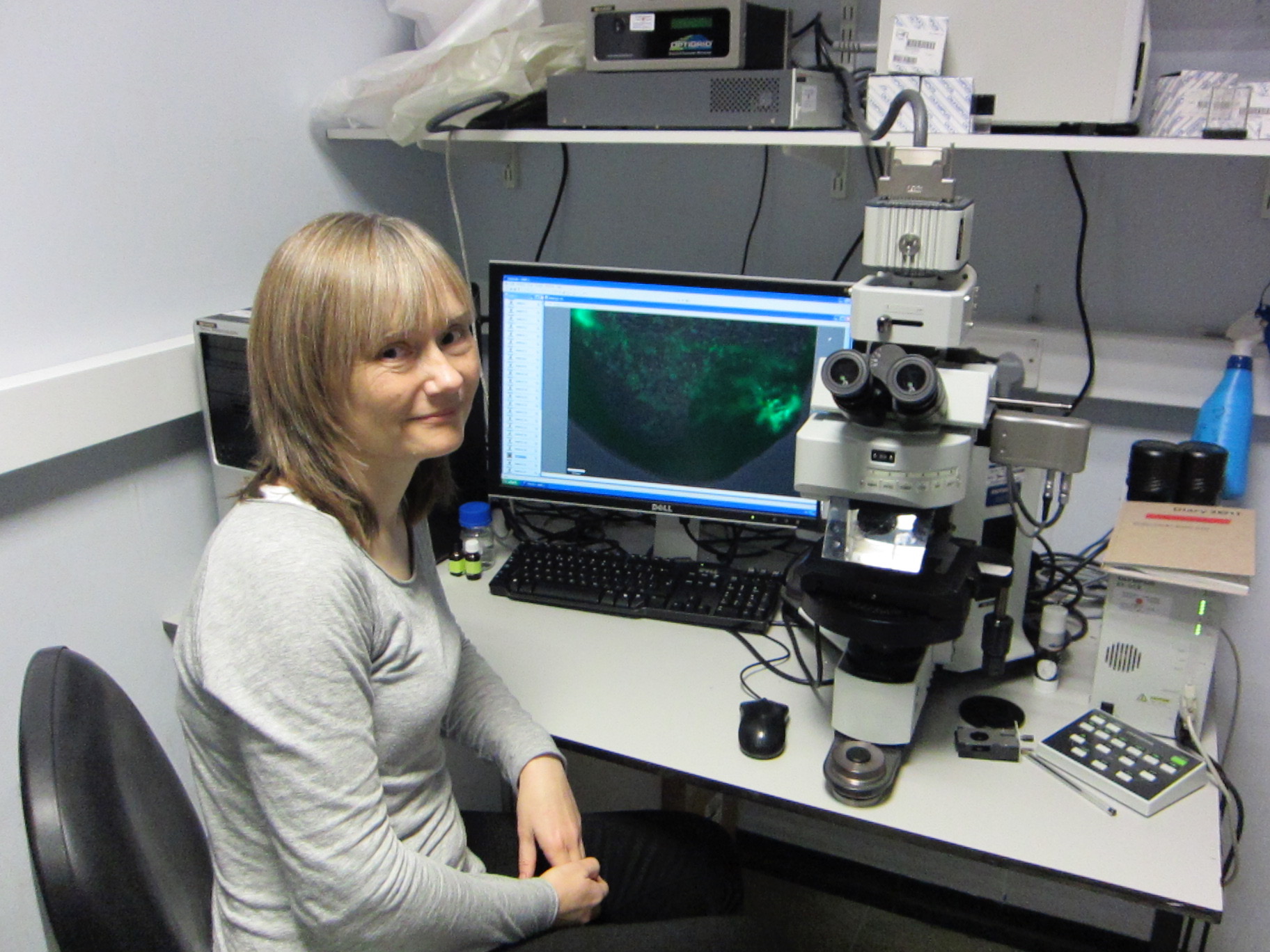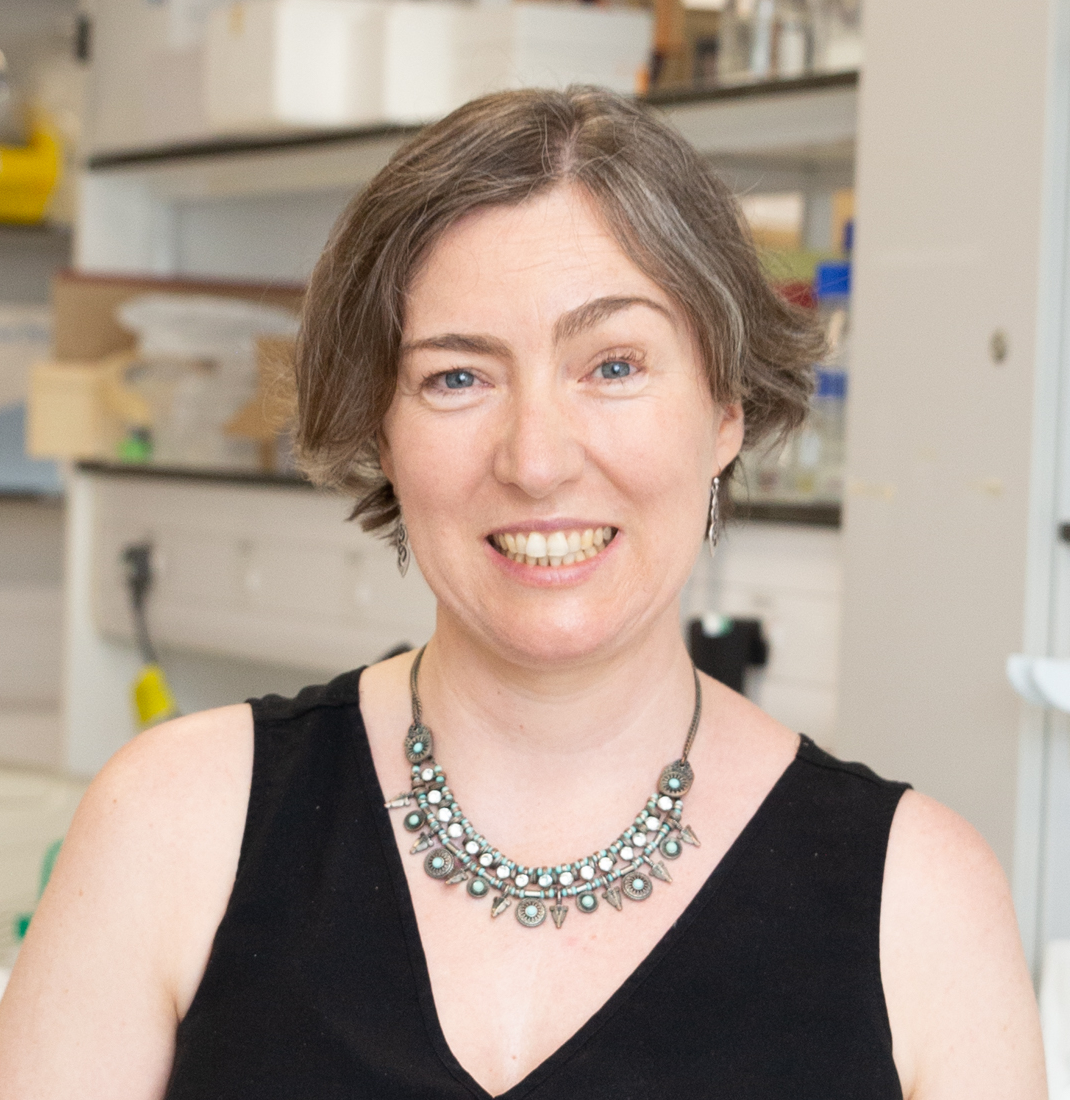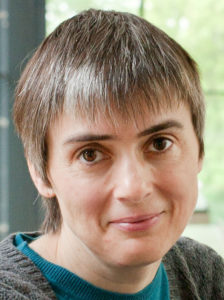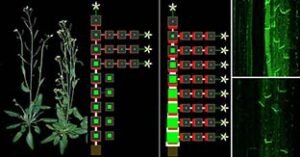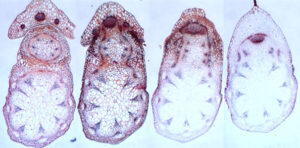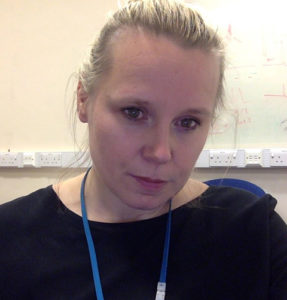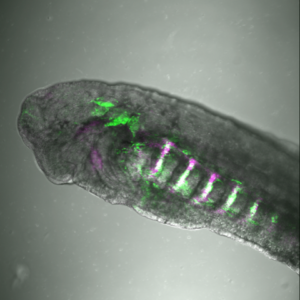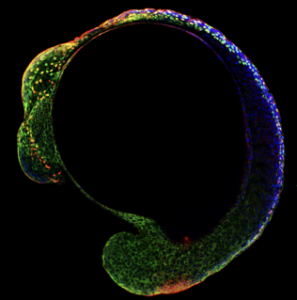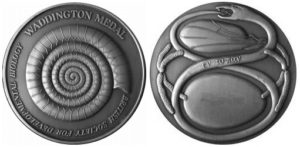
The Waddington Medal is the only national award in Developmental Biology. It honours outstanding research performance as well as services to the subject community. The medal is awarded annually at the BSDB Spring Meeting, where the recipient presents the Waddington Medal Lecture.
We are very pleased to announce that this year’s Waddington medal winner is Professor Valerie Wilson, Personal Chair in Early Embryo Development at the School of Biological Sciences, University of Edinburgh. Val’s research career has led to several seminal contributions to mammalian development, built on highly specialist skills in the micromanipulation and culture of mouse embryos.
Val began her research career as a PhD student in the lab of Martin Evans, in the Department of Genetics, University of Cambridge. She then moves to the lab of Rosa Beddington for her post-doctoral training where she mastered skills in the culture whole mouse embryos ex vivo, enabling her tackle fundamental problems in how the mammalian body axis is established during early development. A key contribution during this time was the use of chimeric embryos consisting of genetically marked mutant ES cells injected into wild type blastocysts. By performing this experiment with cells mutant for the early mesodermal marker, T (or brachyury), it was possible to demonstrate a cell autonomous requirement for this transcription factor in the transition of cells through the primitive streak (Wilson et al., 1995).
She then learned postimplantation mouse embryology, most crucially the micromanipulation and culture of whole embryos ex vivo, under the supervision of Rosa Beddington. During this time, she investigated the role of the transcription factor T(brachyury) in mouse antero-posterior axis elongation, using genetically marked mutant ES cells injected into wild type blastocysts to create chimeras. These studies were early milestones in the transgenic mouse field as they showed that T cell-autonomously permits cells to pass through the primitive streak during late gastrulation to become mesoderm. Beautifully, Val has returned to this initial discovery using modern single cell sequencing technologies in collaboration with the labs of John Marioni and Göttgens to investigate the alterations in gene expression trajectories that T mutant cells take when developing in chimeric embryos (Guibentif et al.,2021).
Perhaps one of the most striking and important discoveries from Val’s career has arisen from her study of anterior-posterior body axis elongation. A series of remarkable finding involving serial transplantations of cell populations from older to younger embryos had demonstrated the existence of a population of stem cells capable of outliving their normal potential and continually giving rise to both spinal cord and paraxial mesodermal derivatives. First, in the caudal-lateral epiblast adjacent to the node (Cambray and Wilson, 2002), and later in the chordal-neural hinge (Cambray and Wilson, 2007). Recognising that to a full investigation of their biology requires lineage tracing of individual cells, Val embarked on an extensive retrospective clonal analysis study of mouse development together with her then-PhD student, Elena Tzouanacou and the lab of Jean-Francois Niçolas at the Insitut Pasteur, Paris. Through a thorough and systematic analysis of single cell clones from thousands of labelled embryos, it was possible to demonstrate the existence of a bipotent stem cell population called Neuromesodermal Progenitors that defy early germ layer specification and continue to generate both spinal cord and paraxial mesoderm derivatives throughout somitogenesis in the mouse embryo (Tzouanacou et al., 2009).
“Many of Val’s contributions are not recognised by authorship on papers. She is regularly consulted by early career researchers and group leaders from other labs seeking insights into their own data or technical help due to her micromanipulation skills. She always shares her time and expertise generously while asking nothing in return. Therefore, many of her valuable contributions to the community and the field remain largely unseen”.
- Anahi Binagui-Casas
Val’s contributions to our fundamental understanding of mammalian developmental biology will continue to have a long-term impact in the field. It is because of her skills in embryology and teaching that she has been able to change the way we look at the mouse embryo, and she is therefore routinely consulted by developmental biologists for help and advice. A recent contribution has included working together with Kirstie Lawson to provide a revised mouse embryo staging guide, that has been essential in informing definitions included in the eMouseAtlas. It is such long-lasting contributions to the field that are deserving of the BSDB Waddington medal, 2022.
Selected papers:
Wilson, V., Manson, L., Skarnes, W. C. & Beddington, R. S. (1995) The T gene is necessary for normal mesodermal morphogenetic cell movements during gastrulation. Development 121, 3, p. 877-86 10 p.
Carolina Guibentif, Jonathan A. Griffiths, Ivan Imaz-Rosshandler, Shila Ghazanfar, Jennifer Nichols, Valerie Wilson, Berthold Göttgens, John C. Marioni (2021). Diverse Routes toward Early Somites in the Mouse Embryo, Developmental Cell, Volume 56, Issue 1.
Cambray, N., and Wilson, V. (2002). Axial progenitors with extensive potency are localised to the mouse chordoneural hinge. Development 129, 4855–4866.
Cambray, N., and Wilson, V. (2007). Two distinct sources for a population of maturing axial progenitors. Development 134, 2829–2840.

